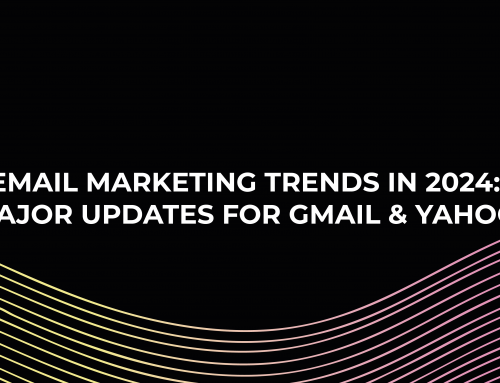A/B testing is a way of comparing two versions of something to determine which one performs better. It’s a common marketing practice, but one that’s not always as simple as it sounds. A/B testing should be used sparingly, and it can be difficult if you don’t know what you’re doing or have the right resources at hand. The sample size of your test matters; all factors other than what you’re trying to measure should be kept constant; and yes, anyone can use this method for their campaigns!
In the next few paragraphs, we are going to explain why A/b testing is important and how each step of the method can help with your email campaign.
A/B testing is a way of comparing two versions of something to determine which one performs better.
A/B testing is a way of comparing two versions of something to determine which one performs better. This could be anything from comparing different call-to-action buttons, headlines, and even the length of your email. It’s a great way to make sure that you are sending out emails that will get people interested in what you’re offering.
A/B testing should be used sparingly.
A/B testing should be used sparingly. It’s a powerful tool, but one that should be used carefully. A/B testing is best for optimizing a particular email template, such as the CTA or subject line. Don’t try to optimize everything at once—test only one variable at a time and make sure you’re only testing with a small sample size (a few hundred emails).
When you’ve found what works for your specific audience and product type, test different versions of that winning formula over time. And don’t get bogged down with trying to find out what works on every single email—just focus on getting better results from the ones that are already working well!
The sample size of your test matters.
The sample size of your test matters.
When you’re testing different versions of an email, there need to be enough people in each group for the results to be statistically significant. For example, if you want 70% confidence that every single person receiving version A would respond differently than version B on average, then you need at least four times as many people in each group (if 1000 people received A and 1000 people received B).
When you’re running A/B tests, it’s important to keep in mind that the sample size matters. For example, if you have 2000 people on your email list and plan to send them two versions of an email with the same subject line and body content but different subject lines, then you spilt the number into two groups, making sure there are 1000 people in each group. Here’s why:
- The good news is that this isn’t necessarily hard! If your list size is 10k+, then it’s not complicated at all. The bigger the better though; having more records allows us to make more accurate predictions about how they’ll behave based on their past behaviour and demographic information we have available from them.
- With a larger sample size, the margin of error will be smaller. So if you have 1,000 people on your list and test two different subject lines for each one—for a total of four versions—then statistically speaking there will be more variation between groups than if you had only 100 people on your list. In other words: naturally, some people would like one subject line better than another even though they’re the same; this is called randomness or noise (see “The Law Of Large Numbers”).
All factors other than what you’re trying to measure should be kept constant.
When A/B testing, you have to make sure that all other variables are kept the same. If not, it’s not an A/B test! For example, if you change the subject line but keep the content the same in your emails then it’s not an A/B test because different content was being sent out.
If you want to do a proper A/B test on something like subject lines and send out two different lists with two different subjects at different times of the day or on different days of the week then be sure that every other factor is consistent (such as email body copy length).
You should consider how much data is available before starting an A/B test.
When starting an A/B test, you’ll want to consider how much data is available. If you have a very small amount of data, it’s better to use a smaller sample size. Conversely, if you have more than enough data for your purposes and can afford the time it takes to run an experiment with thousands of users instead of hundreds or even tens of users, then by all means go for it! It’s important to consider both sample size and the amount of data when deciding how many people should be included in your A/B tests.
A/B testing can help you create better emails for your audience.
A/B testing can help you create better emails for your audience.
A/B testing is the process of sending two versions of an email to different groups of people and seeing which one performs better. For example, you could send a version that includes information about how to use your product and another version that doesn’t include it.
By using this method, you can learn what content your audience wants to see in their emails and how they prefer to receive them (lengthy or short). And if there’s anything, in particular, they don’t like, A/B testing can help you avoid it!
For example: Let’s say one group prefers longer emails while another prefers shorter ones. By A/B testing multiple versions of each type of email length (for example 10-word vs 20-word), it becomes clear which version works better for each group of people.
Roundup
A/B testing is a great way to improve your emails and learn more about what your audience wants. By testing things like subject lines and calls-to-action you can refine your email marketing strategy and make sure that it’s always sending the right message with the right tone of voice.




